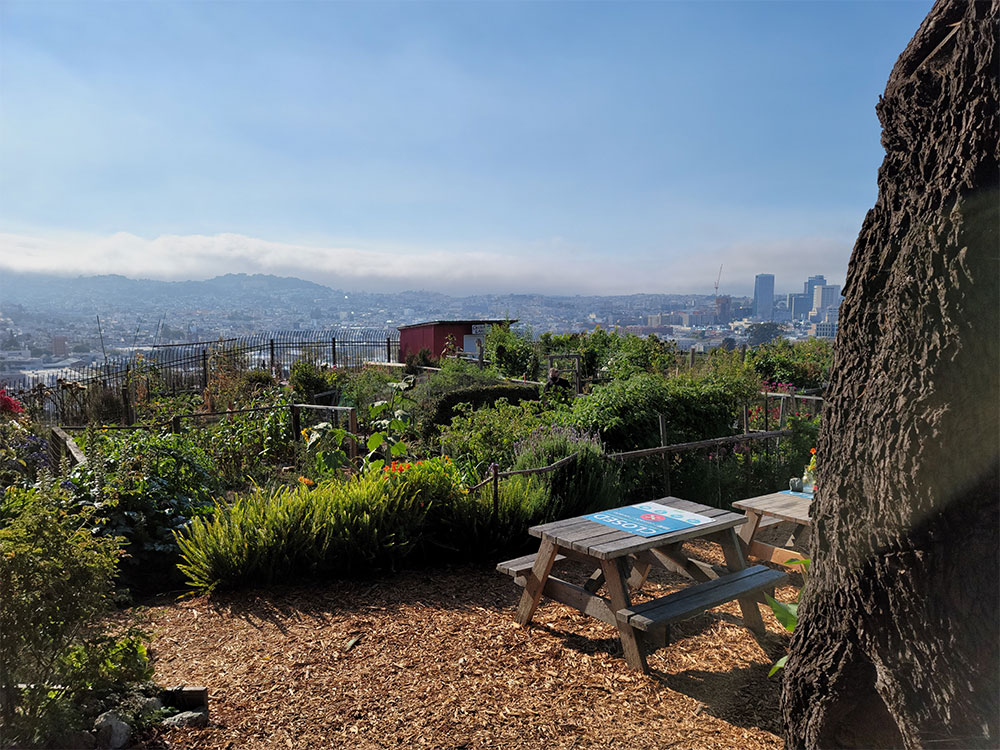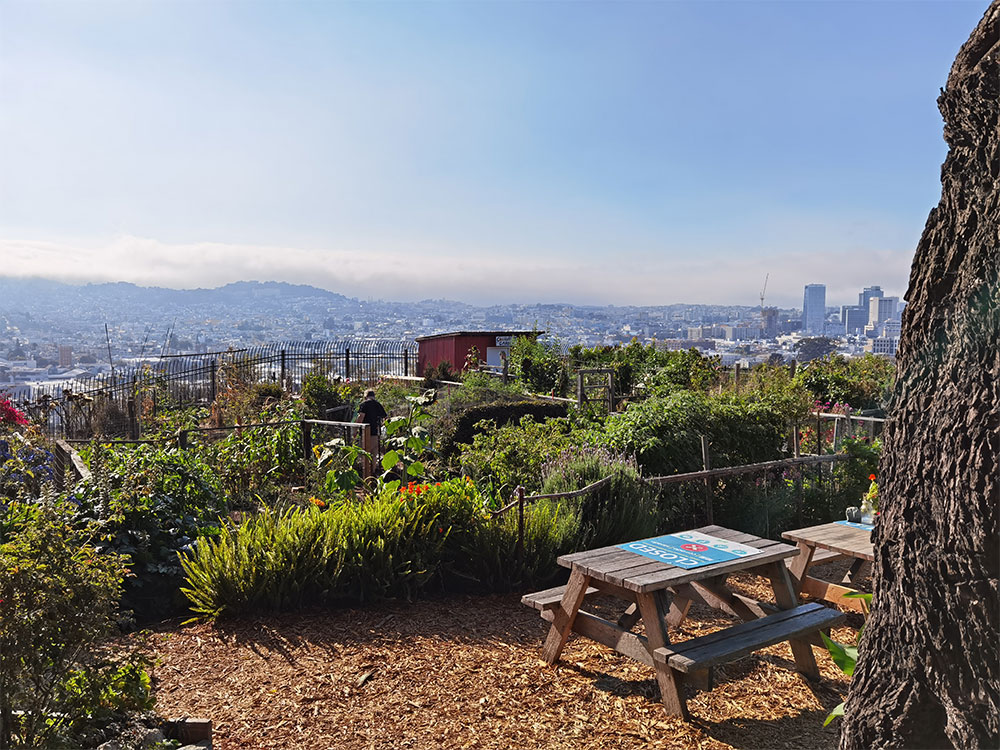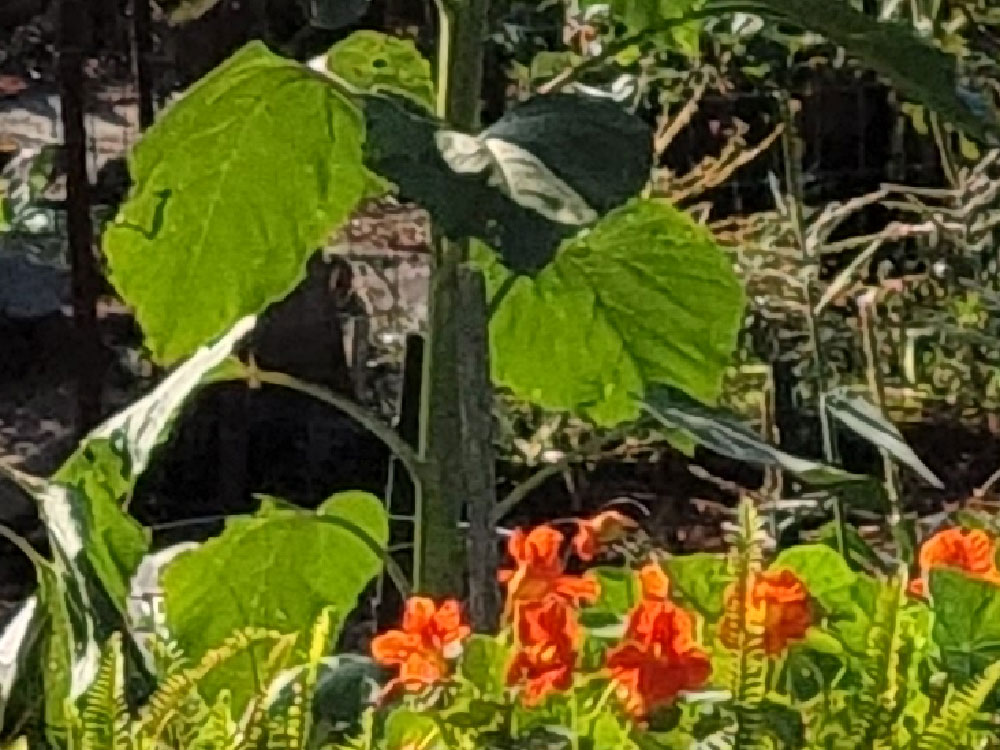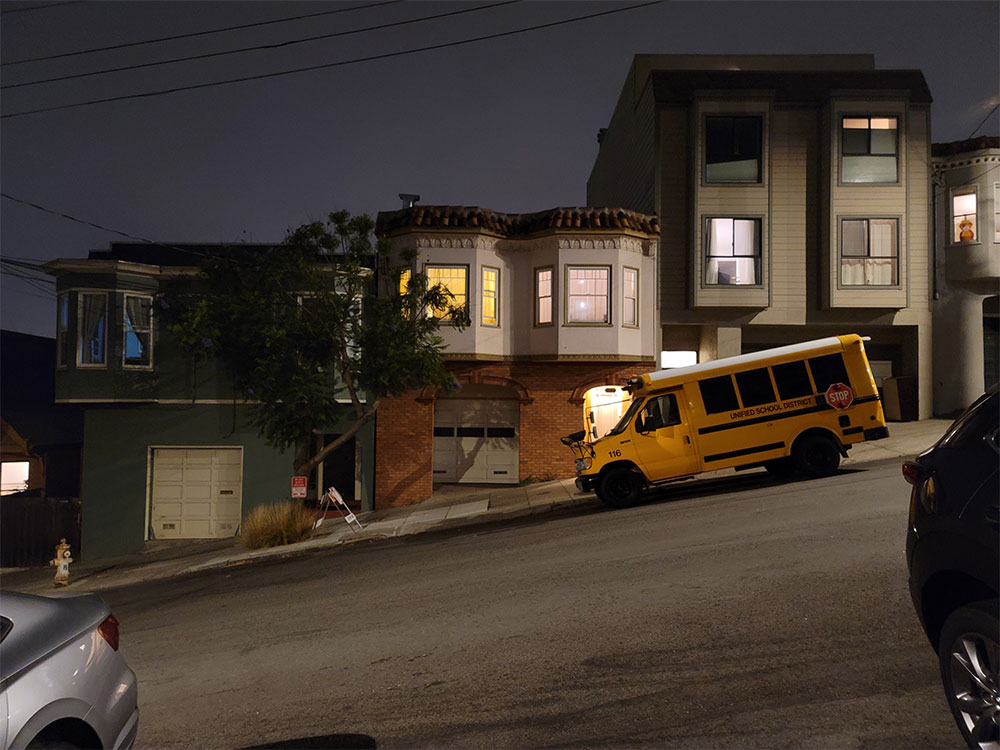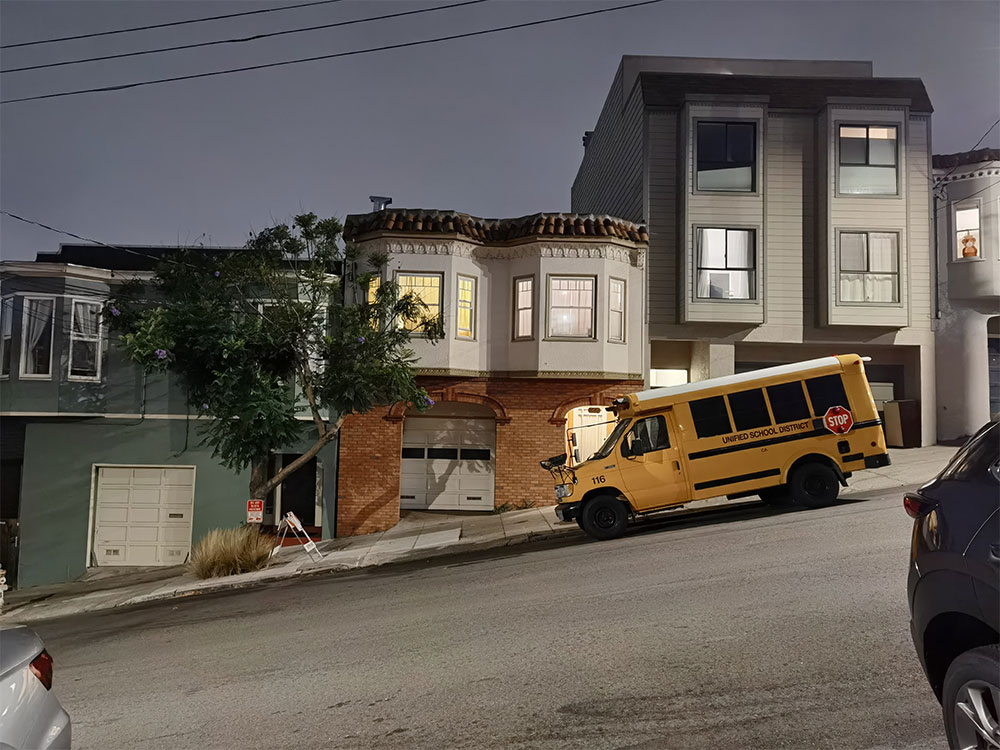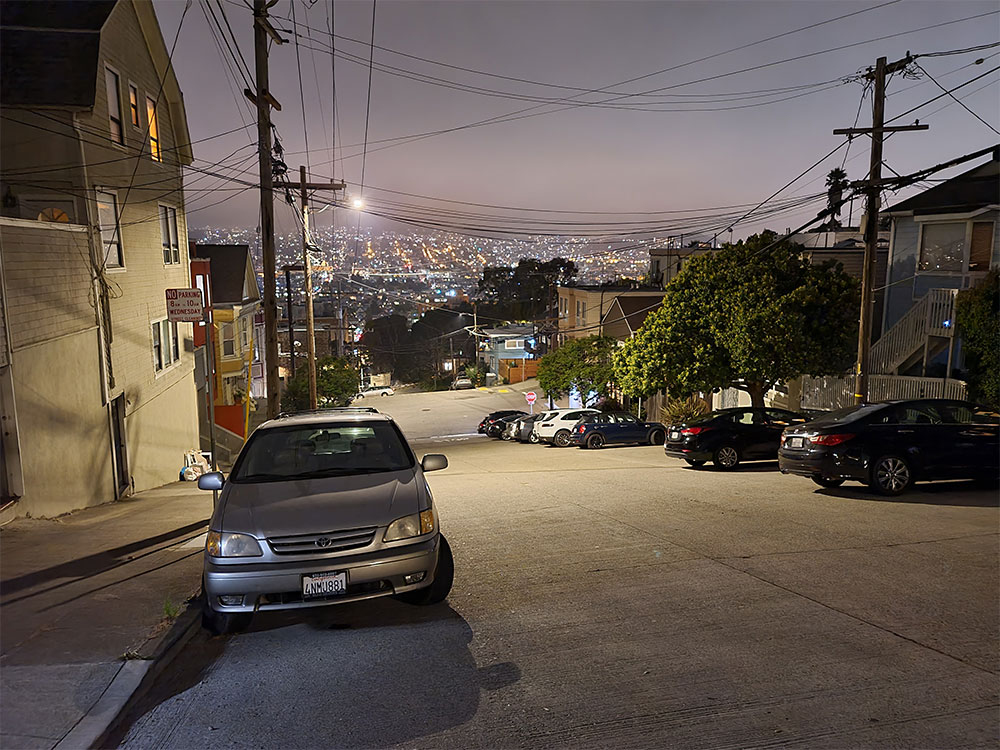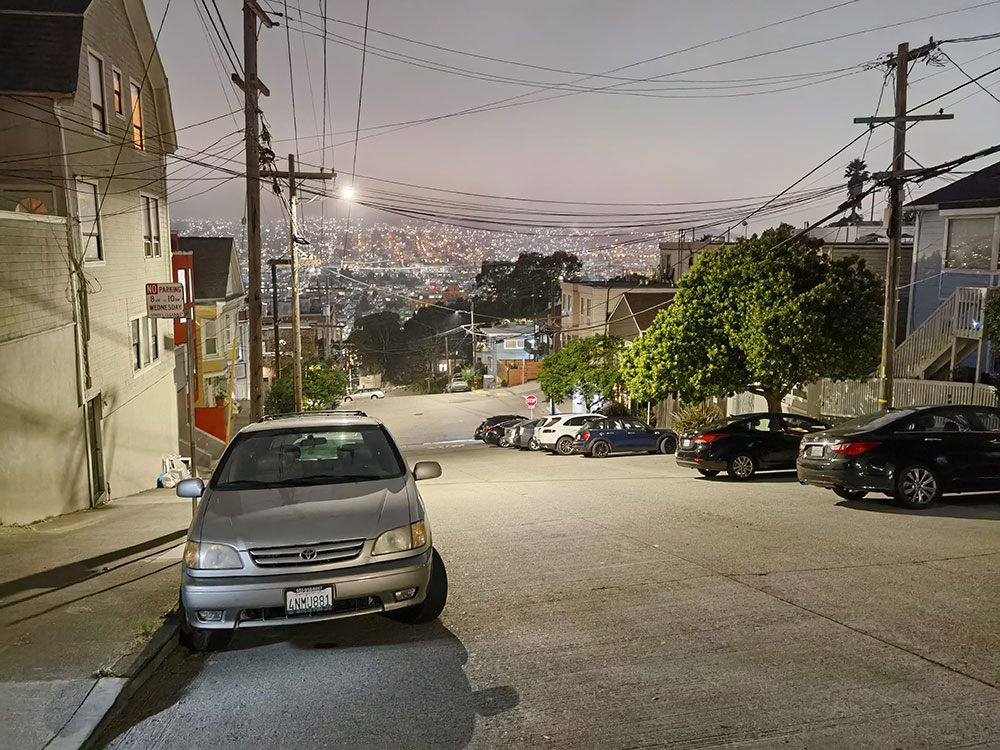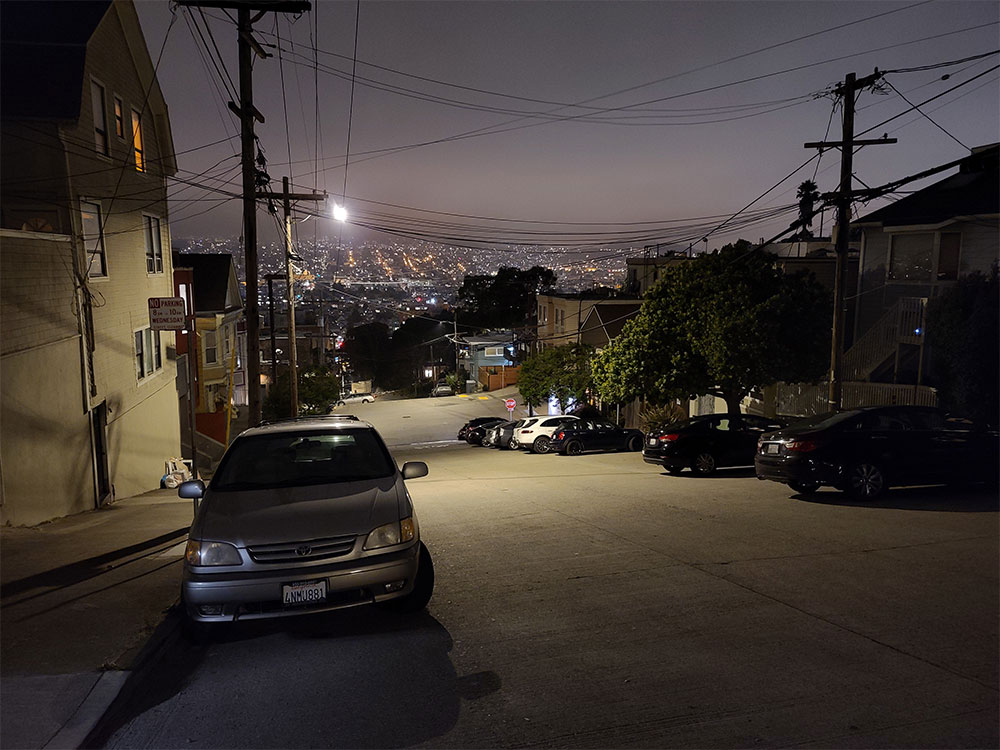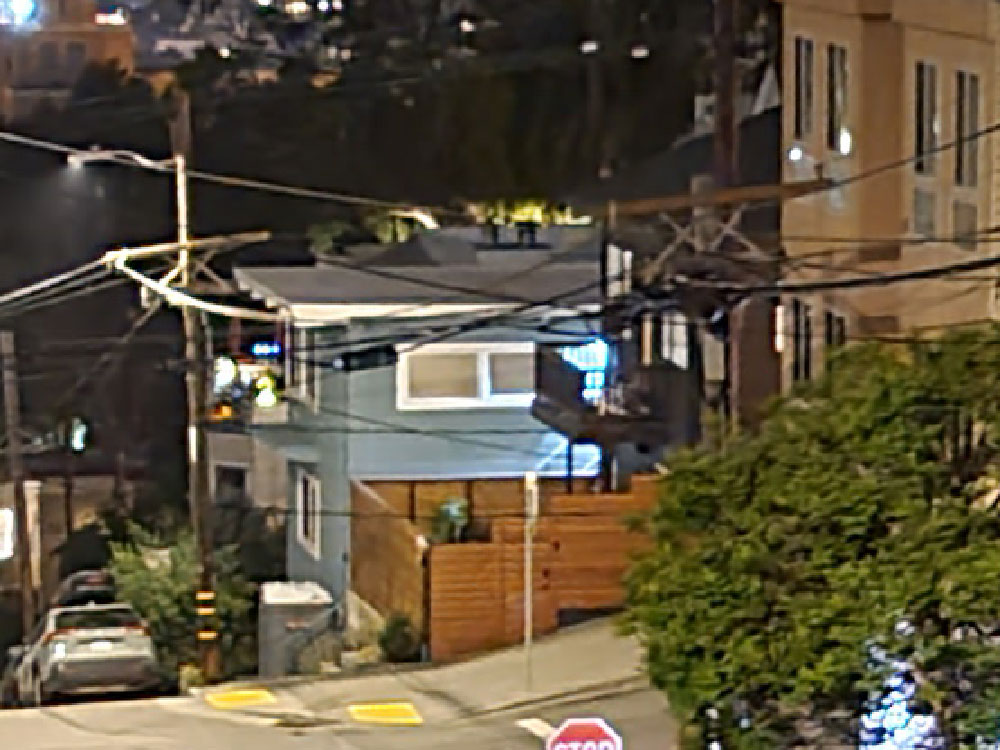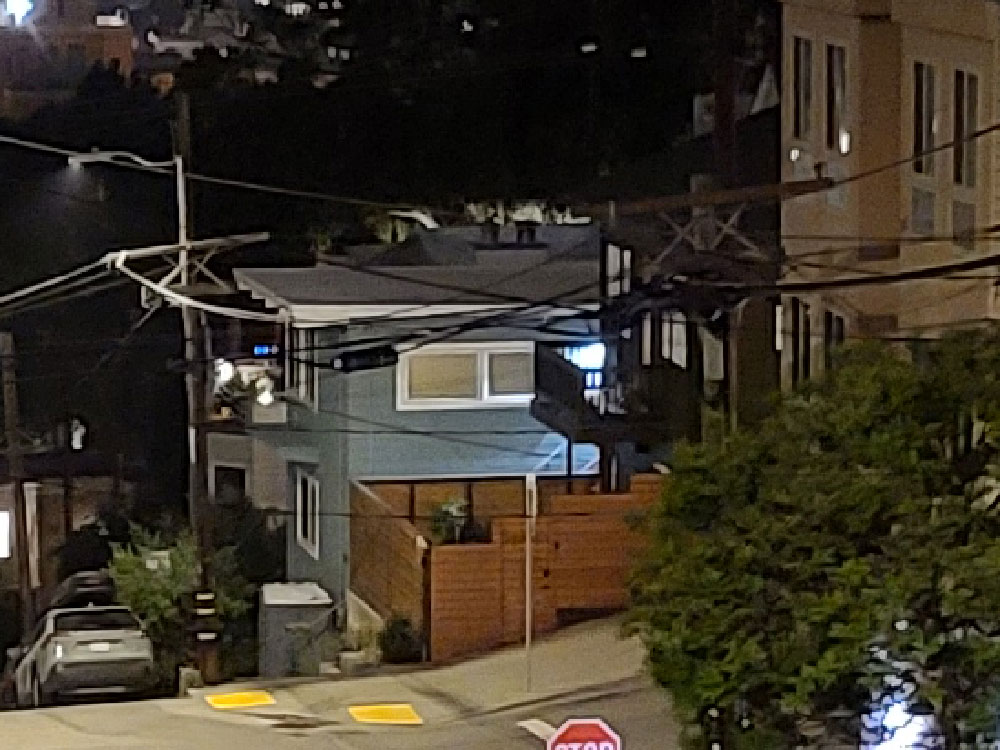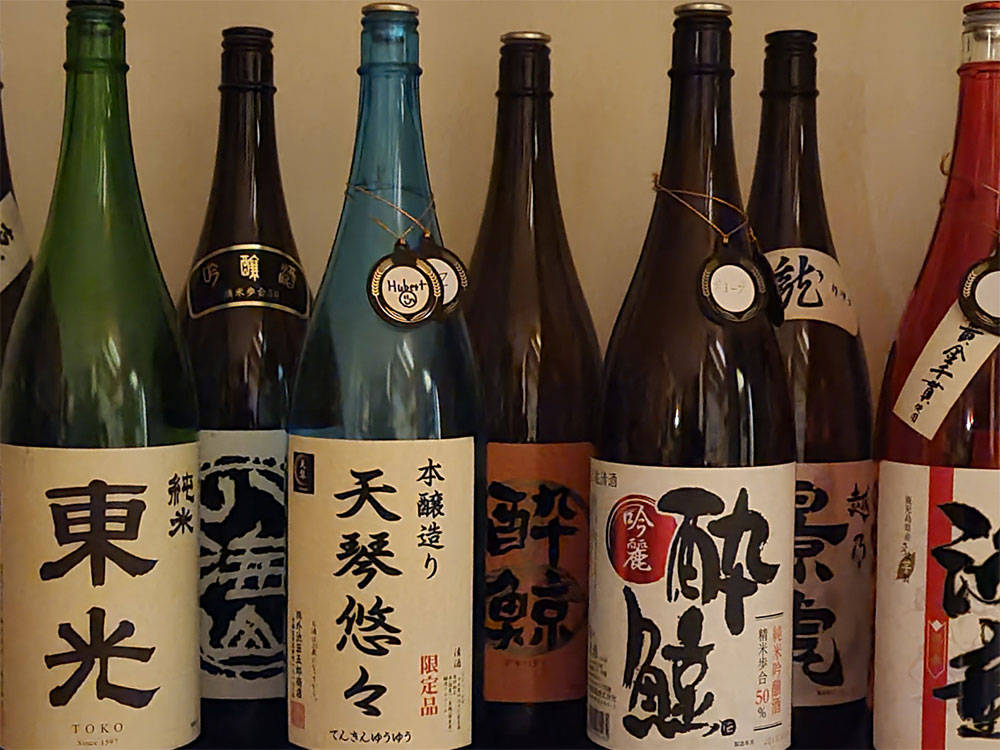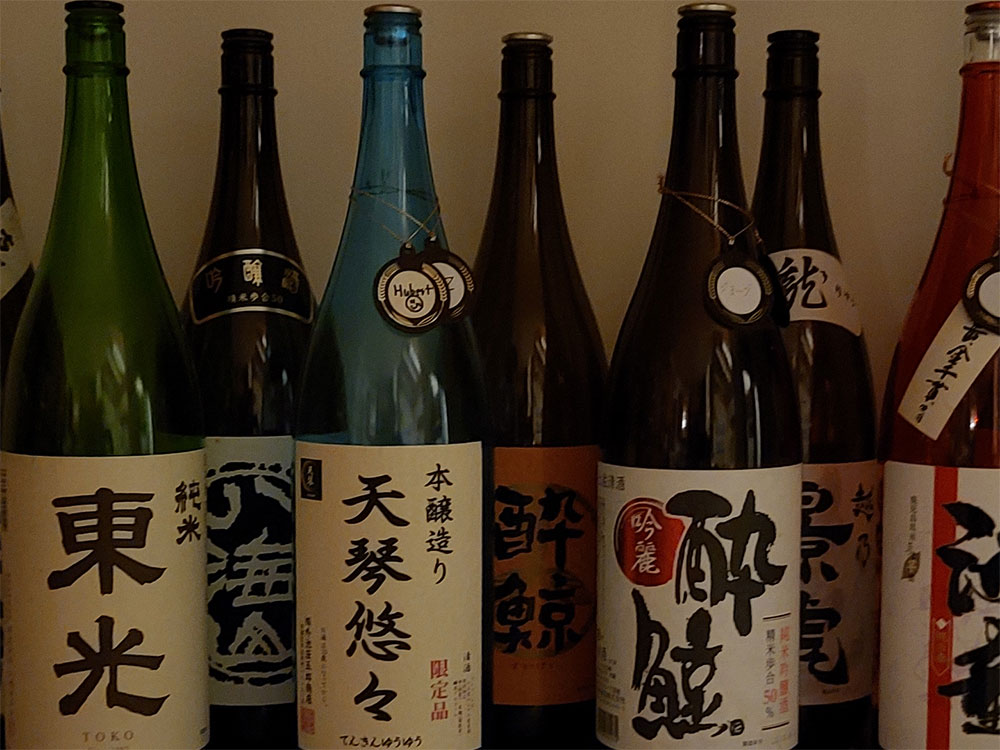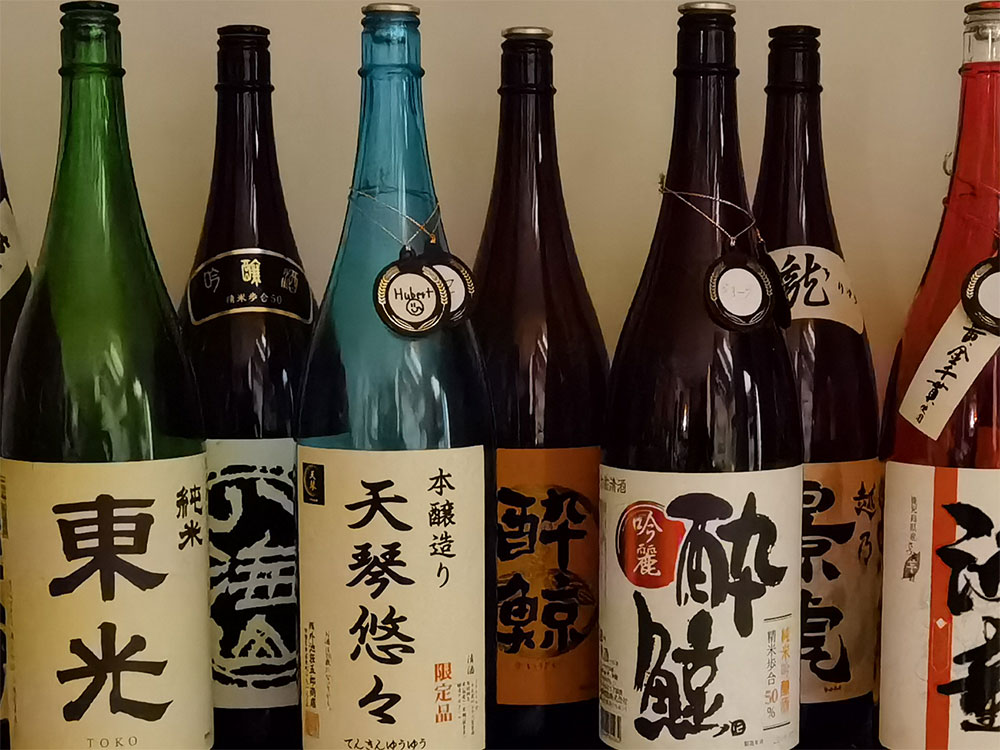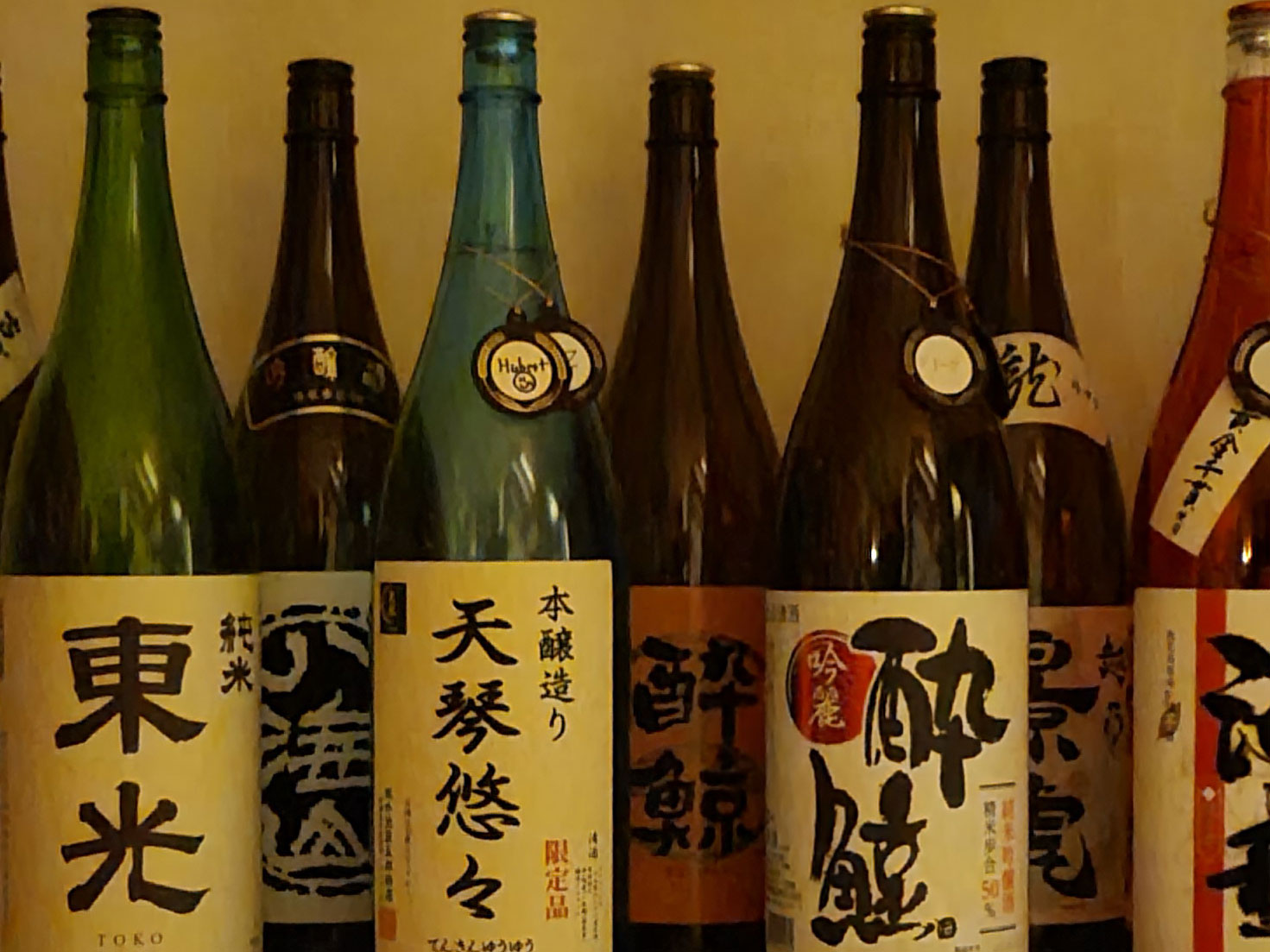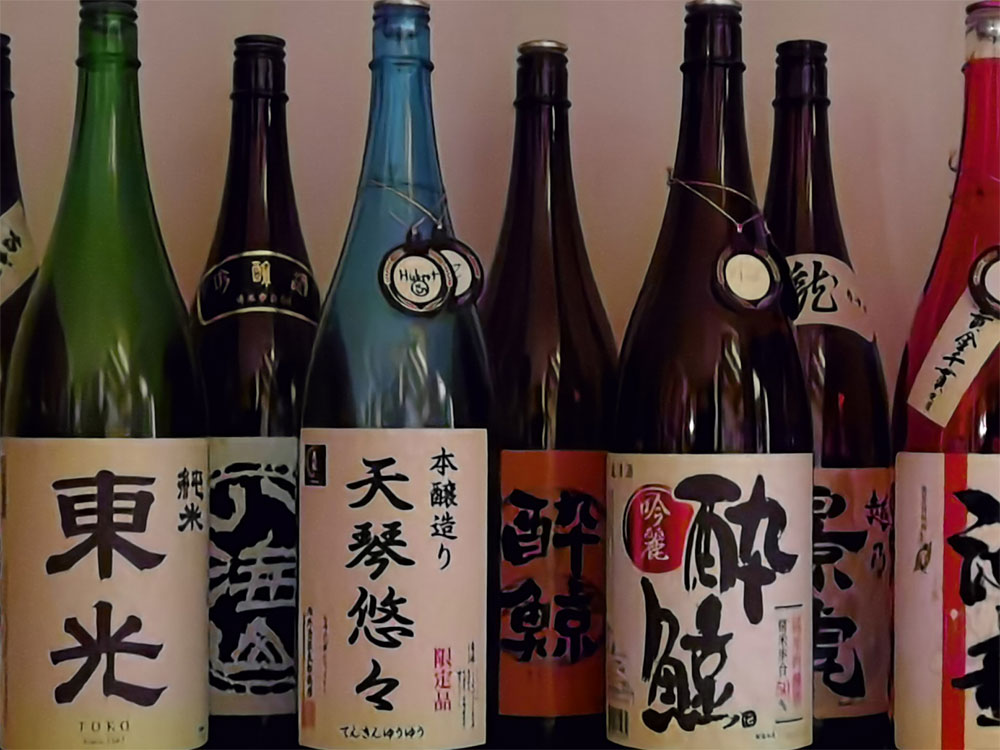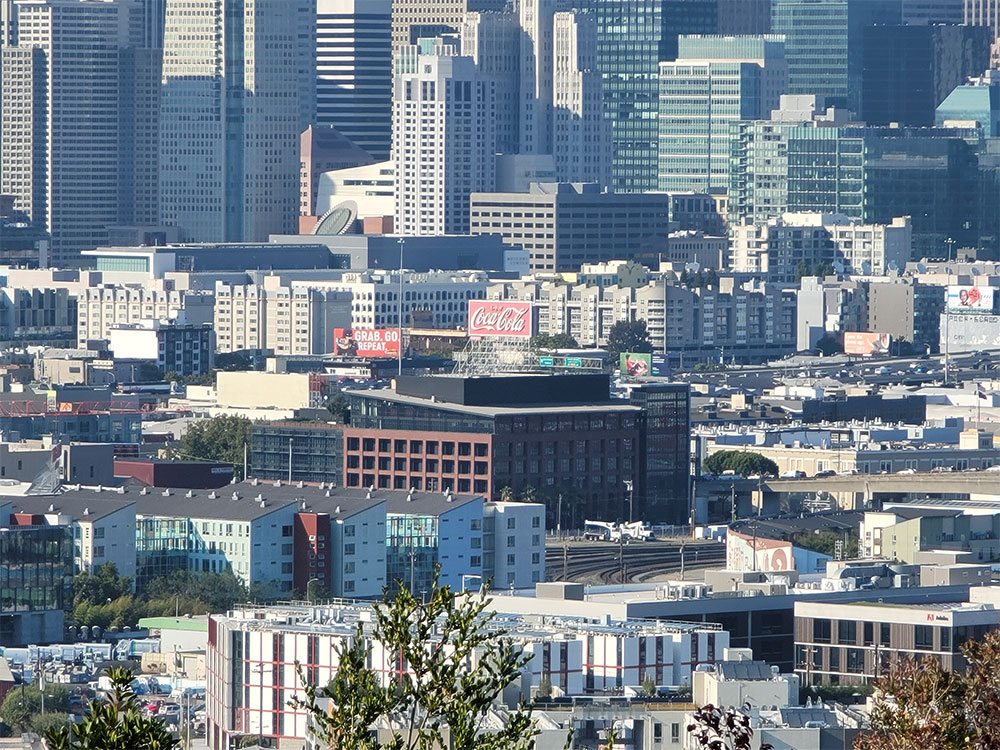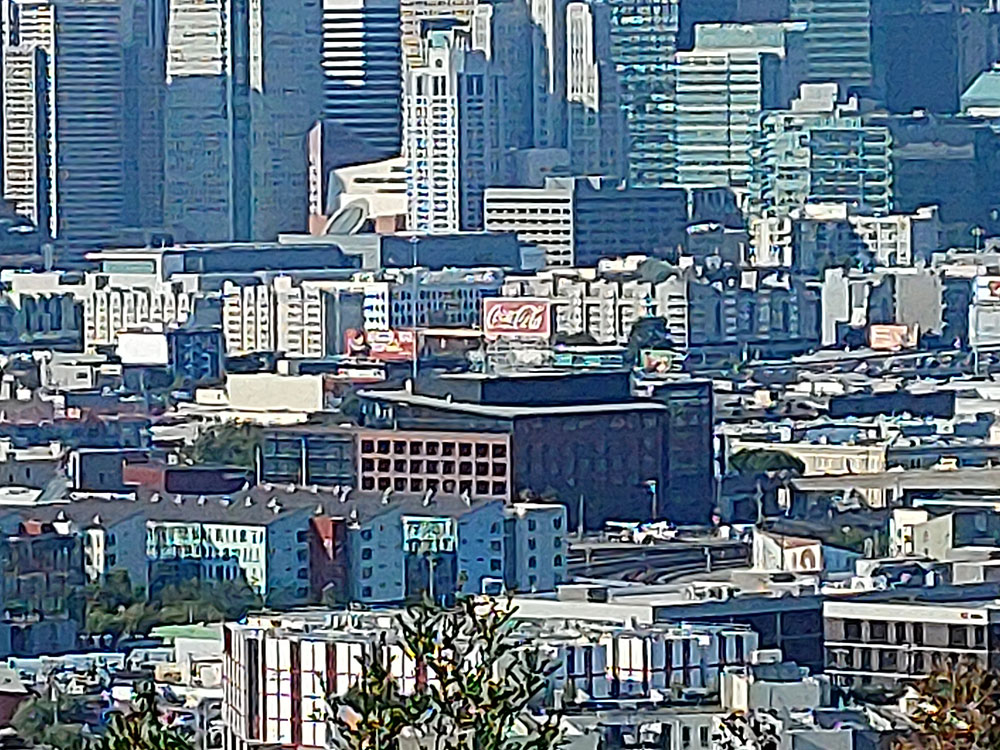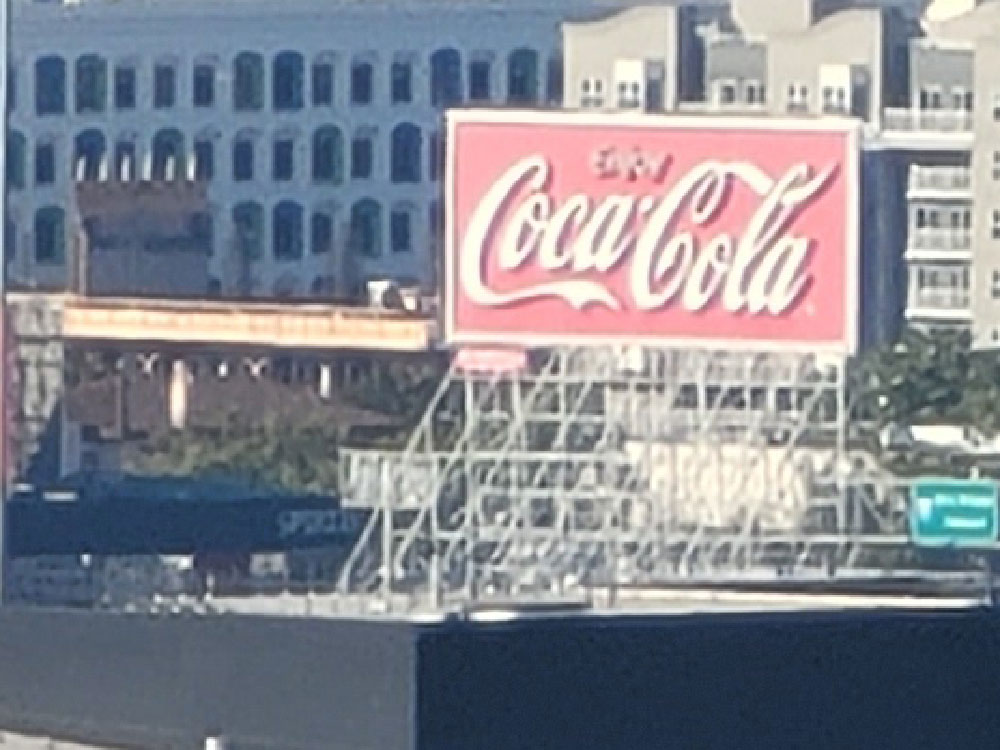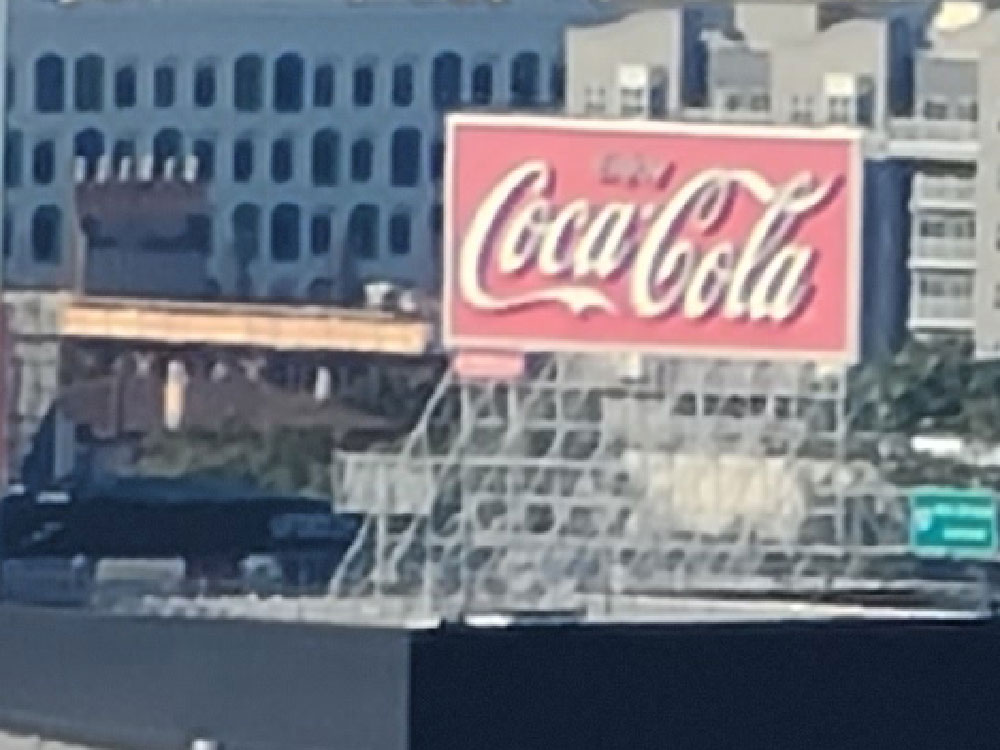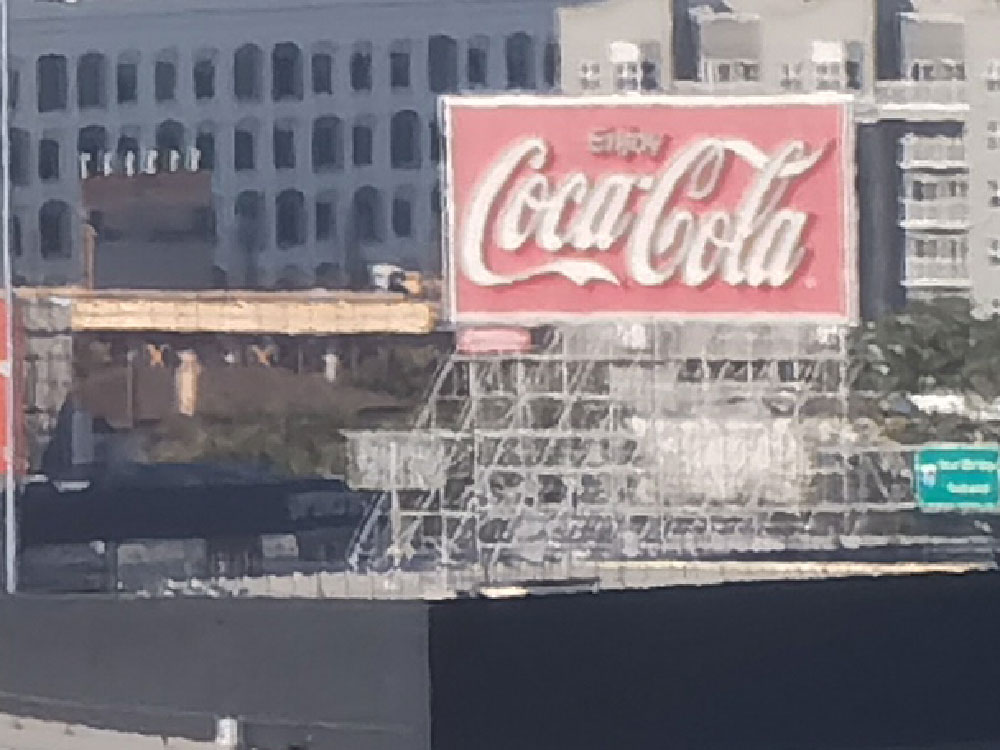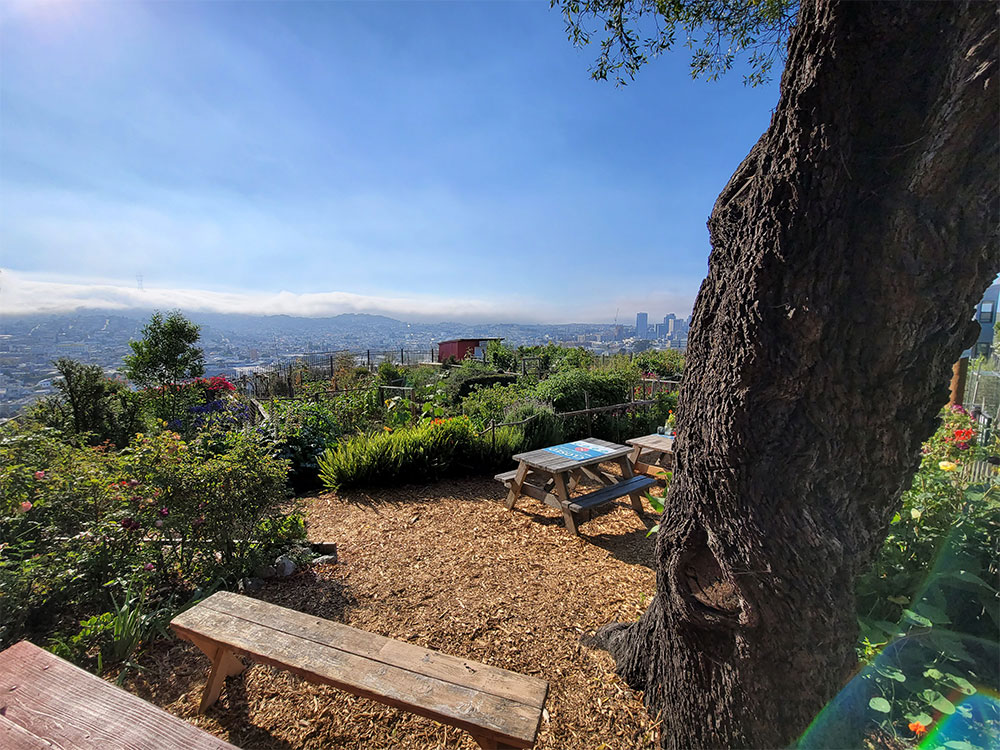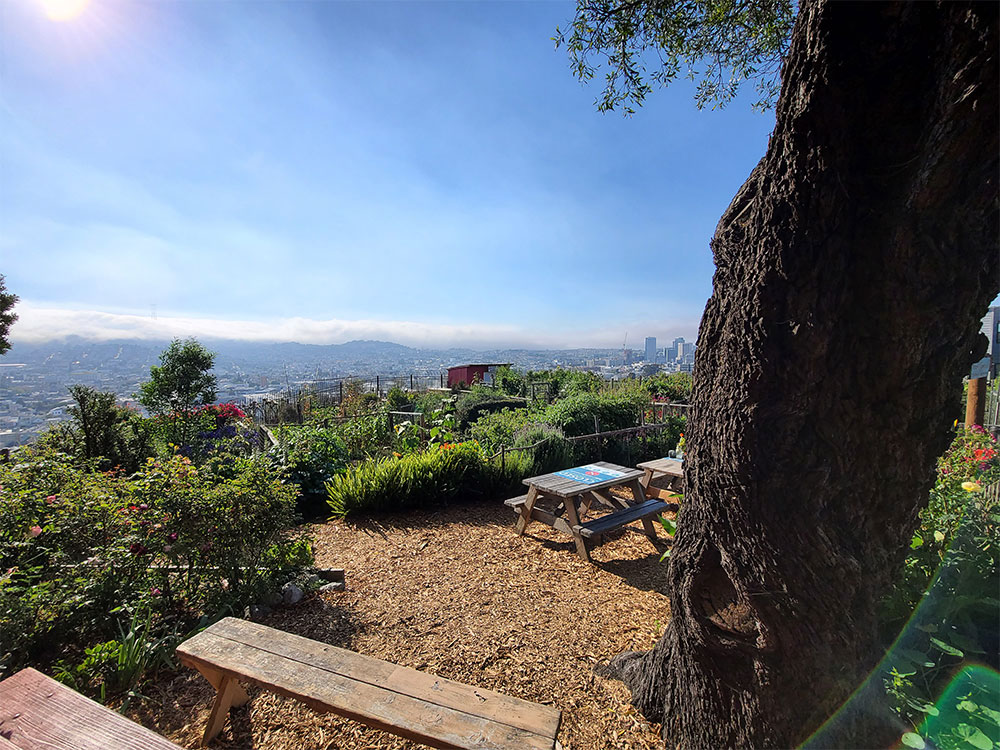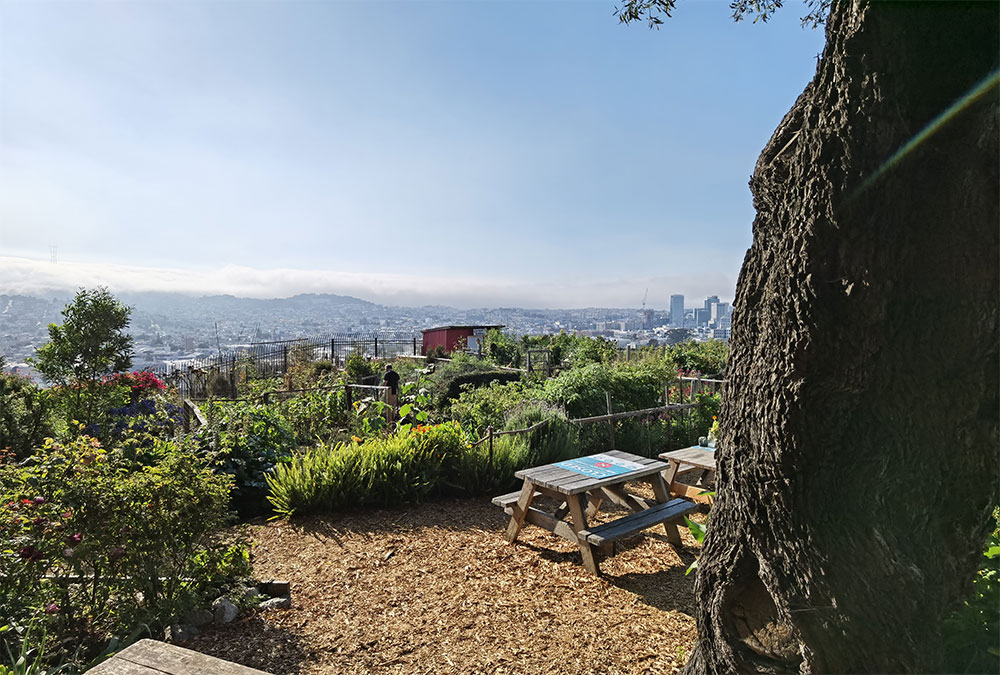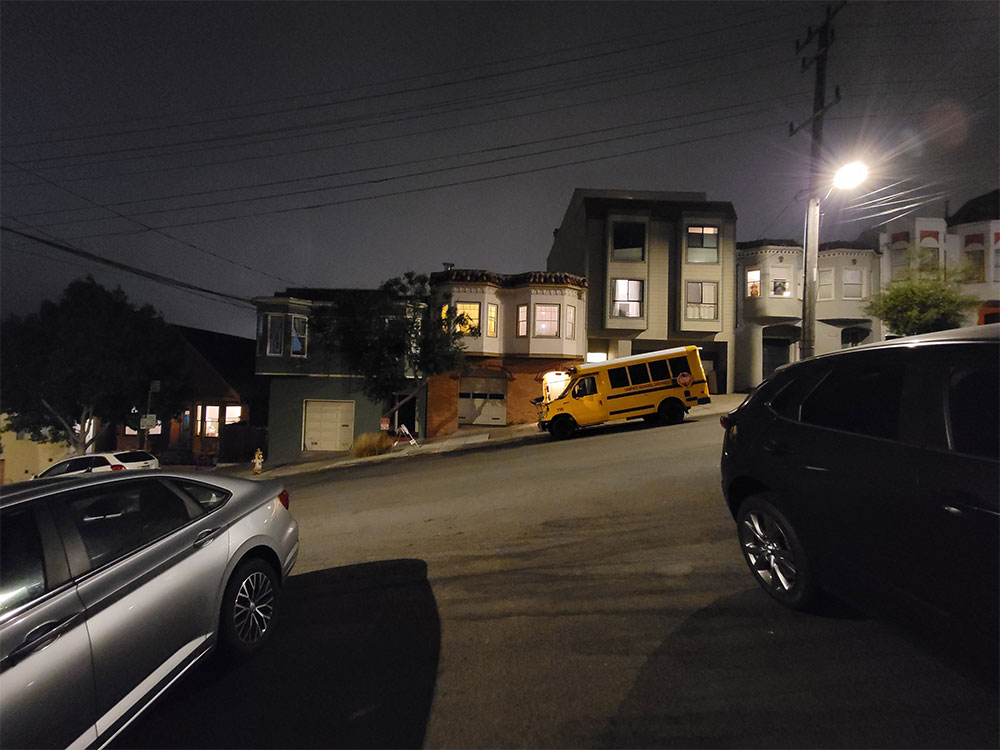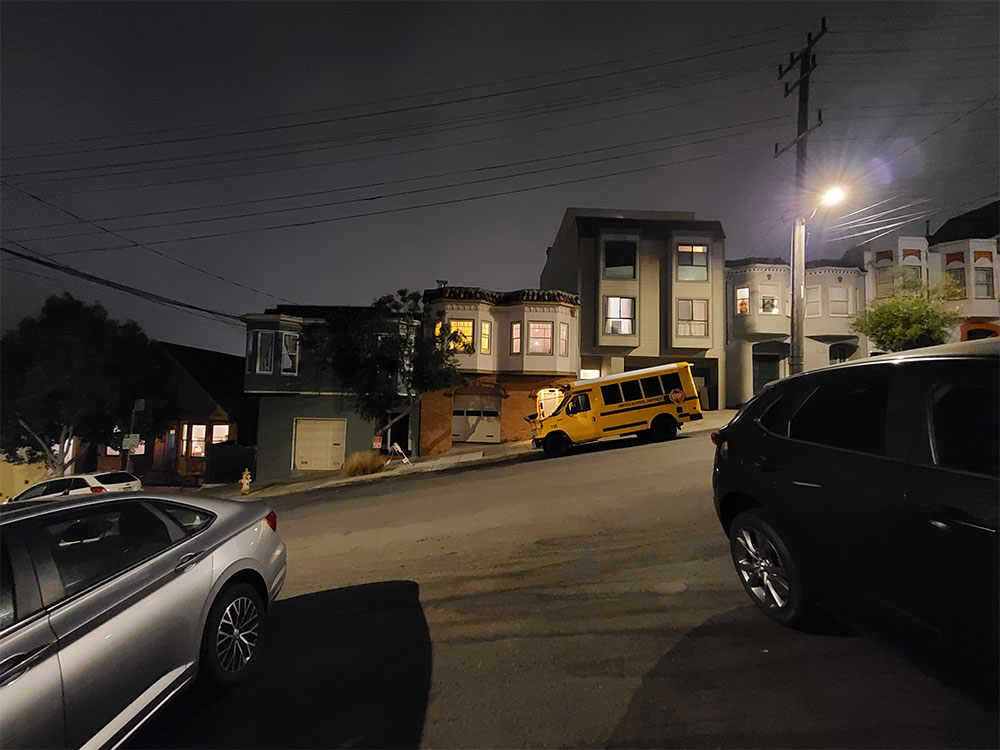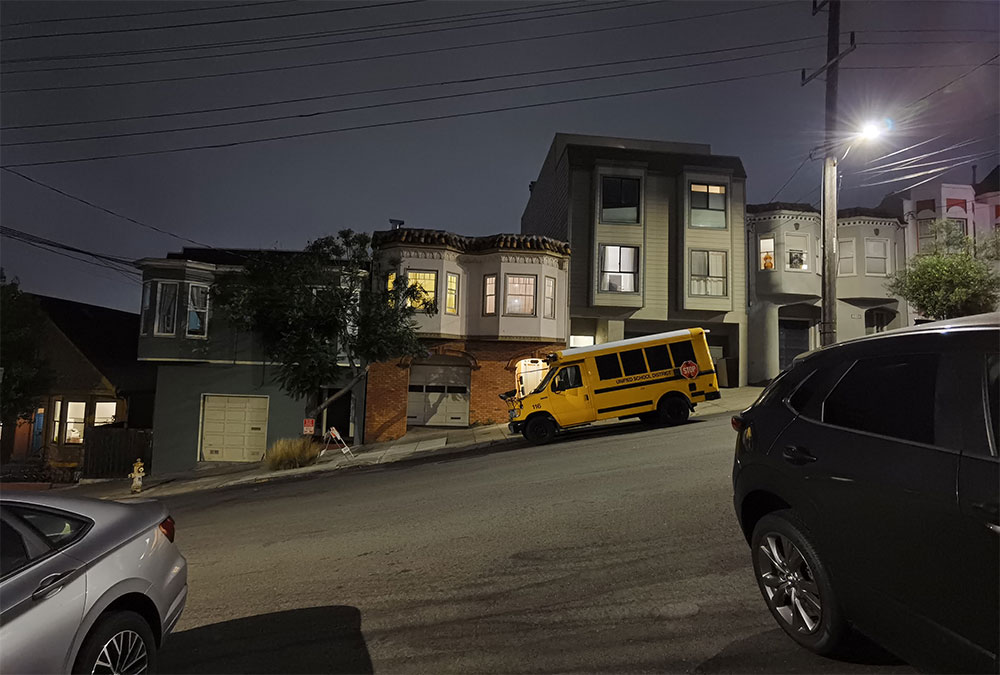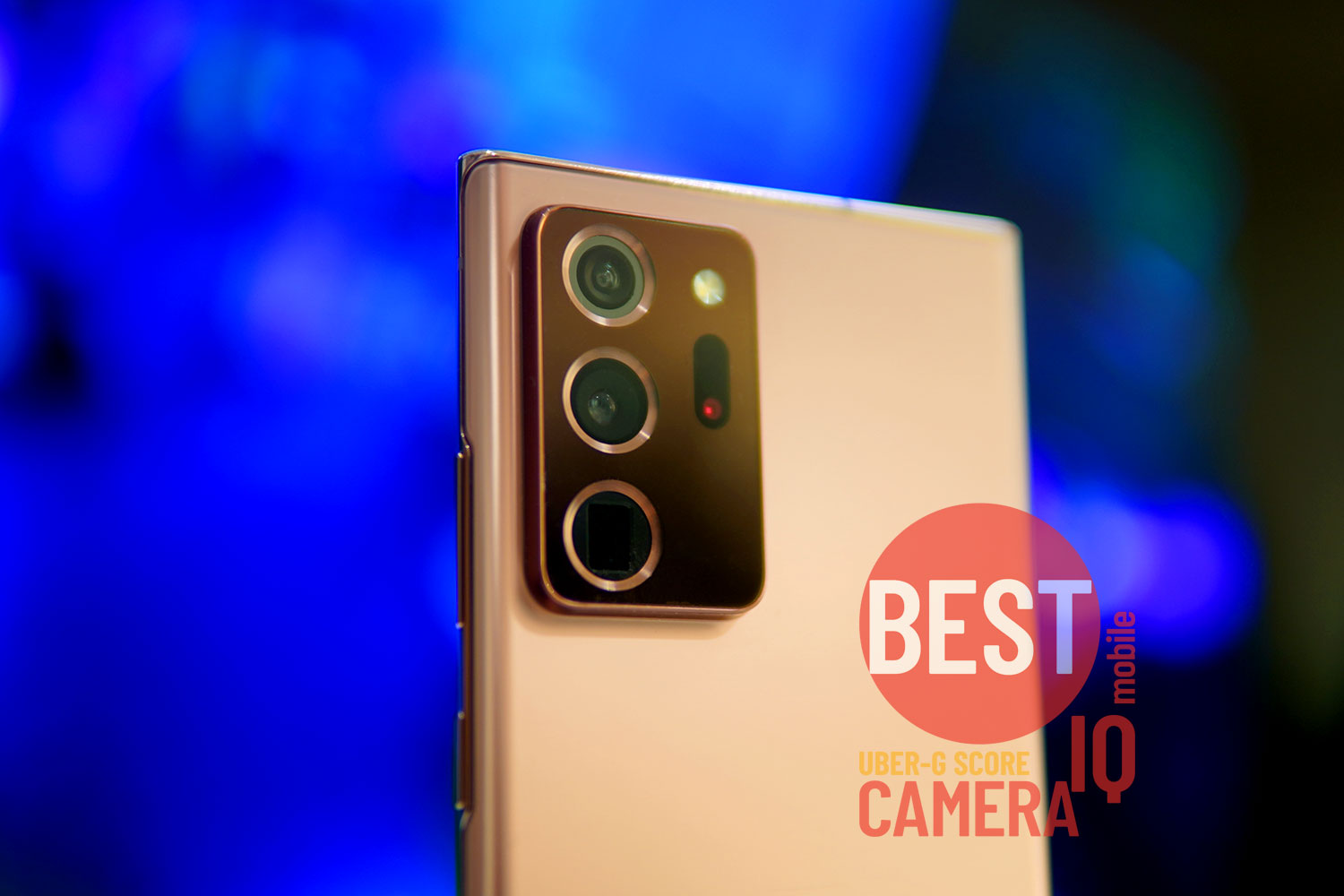
Note 20 Ultra Camera: What’s new?
The Galaxy Note 20 Ultra camera system is very similar to the Samsung Galaxy S20 Ultra’s. The Primary and Ultrawide cameras have identical technical specifications.
However, the Zoom camera has changed in a meaninful way. The 48 Megapixel (103mm) camera is replaced by a 12 Megapixel camera (123mm).
The zoom megapixel count and sensor size difference seem dramatic, but its lens is more powerful, so that’s a really interesting way to balance things.
Our hardware analysis shows that the tradeoff between a smaller sensor (~60% smaller) and a more powerful zoom lens (~20% more “longer” zoom) should result in a comparable zoom experience. However only the Image Quality analysis can provide a definitive answer.
Finally, a laser-assisted auto-focus has been added to address AF speed issues of the S20 Ultra camera, but since this does not affect “image quality” (IQ), it is not contributing to the outcome here.
| Ultrawide | 13mm 12-MP f/2.2 |
| Primary | 25mm 108-MP f/1.8 |
| Long-Telephoto | 123mm 12-MP f/3.0 |
| Sensor | ToF Sensor |
Image Quality Analysis
Important: let’s clarify some terminology we’ll be using:
- “image processing”: software work that improves the image data quality
- “image filtering”: software work that changes the style (aesthetic) of the photo.
- “context photo”: a great approximation of what we see
- Including how dark the scene actually is
- Only to provide the context of the shot.
- Not a quality benchmark
A note about CAMERA IQ score: our camera scoring system is based on four “Pillars” sub-scores that can help tell a fuller story: Day, Night, Ultrawide, and Zoom photography.
A global camera score is clear and simple, but the pillars help tell a better story for those who want to have a more nuanced view of the camera’s Image Quality. If you want to know more details about how the score works, head to our CAMERA IQ benchmark page.
Daylight photography
Like
- Excellent colors and HDR
- Incredible details
Dislike
- A 27MP resolution option would be great


The Galaxy Note 20 performance in daylight situation is very close to the excellent Galaxy S20 Ultra, but with some enhancements.
It has the same fundamental advantage of having a 108MP resolution built into the “auto” mode which we’re testing, while many OEMs put their full-resolution mode into a different setting.
Users overwhelmingly stay in “auto” mode and the 108 Megapixel resolution is a gives the Note 20 Pro an edge in daylight photography. We are actively encouraging all OEMs to make all the resolutions available in auto mode, whenever possible.
"108 MEGAPIXEL: A DEFINITIVE EDGE IN DAYLIGHT PHOTOGRAPHY"We have spotted changes in tuning, with the sharpening filter and noise-reduction a bit less aggressive, and that leads to a reduction of unwanted artefacts (filtering noise)/

Night Photography
Like
- Natural color hues
- Noticeably better noise-reduction vs. S20U
- Excellent details preservation
Dislike
- Slow shutter speed


HDR Night Photography
Anytime you have a mix of very bright and very dark areas, the camera will use HDR (high dynamic range) to capture as much information as possible.
Modern high-end phones have very powerful sensors and large-aperture optics, but we can find difficult scenes that will reveal crucial differences between different cameras.
"WHY CHOOSE BETWEEN FINE DETAILS AND LOW NOISE? THE GALAXY NOTE 20 ULTRA GIVES YOU BOTH"With the same primary camera sensor+lens as S20 Ultra, the Galaxy Note 20 Ultra features new software tuning that features vastly improved noise-reduction over S20 Ultra, better-tuned HDR and slightly stronger image filtering.
Typically, you have to choose between fine details and low noise. Note 20 Ultra gives you both.
Overall, Note 20 Ultra shots are a bit less “natural” (closer to reality) than S20 Ultra, but features better overall image quality because of the improved HDR and noise.


Non-HDR Night Photography
In very dimly lit environments where your eyes are challenged to perceive fine details, the cameras need their full hardware capabilities. This is a stressfull test for mobile cameras.
The noise has been reduced to almost zero, and surprisingly, the noise-reduction filtering spares fine details, which is great since noise-reduction is often based on blur.
Areas with flat-color surfaces get a very aggressive noise-removal, and you can see patches of blur. However, the fine characters are extremely well preserved, and even sharpened, with superior legibility even when compared to the Huawei P40 Pro+ which is another top camera.
Just like the S20 Ultra, the Samsung Galaxy Note 20 Ultra does a great job at capturing the original color hue of this scene. The Note’s extra image filtering makes it looks a little bit less natural than S20 Ultra.
All of this combined makes Galaxy Note 20 Ultra the new best low-light camera, beating its S20 Ultra cousin, the previous low-light champion.
Important: in this scene, the differences in brightness in the various photos is not our center of attention. Brightness in this case is mostly controlled by image filters, but has little effect on noise, or details. Here’s why brighter is not always better.


Night-Vision (~0.005 LUX)

Night-vision is for scenes when your eyes no longer distinguish details and hardly see colors. It’s an edge case that is technically interesting, although not that relevant in the real world.
With the Note 20 Ultra, the Samsung camera team is using higher ISO than S20 Ultra, going from 2000 to 6000 with an exposure that’s too long. It’s the first time that Samsung enters the night vision contest and things could progress faster from here.
"SAMSUNG ENTERS THE NIGHT VISION CONTEST"In contrast, Huawei phones are much faster (short-exposure) and produce higher-quality photos in near-total darkness. For reference, Huawei shots night-vision photos at ISO-65535, 10X higher. Not using a long-exposure is a huge user-experence advantage for Huawei’s camera in that situation.
Zoom Photography
Like
- The best zoom tested to date
- Fewer filtering artefacts than competitors
Dislike
- Nothing obvious


As I mentioned in introduction, the new zoom camera of the Note 20 Ultra (N20U) is completely different from the Galaxy S20 Ultra’s (S20U) camera. Our Camera Hardware analysis and score for this particular module shows that it is more or less on-par with the S20 Ultra’s long zoom, but is it?
It may sound counter-intuitive if you’re looking at a 48 MP sensor (S20U) vs. a 12 MP sensor (N20U) in this case. However, the Note 20 Ultra has a more powerful lens, and when it comes to zooming in daylight, the optics matter a whole lot more than the sensor.
Our CAMERA IQ (image quality) analysis confirms it: the changes in the Galaxy Note 20 Ultra zoom are paying off, and Samsung’s newest zoom camera is better than the previous one and is currently the most powerful zoom camera we have tested.

I speculate Samsung’s changes were originally designed to reduce the size and perhaps the price of the zoom camera module, while preserving the zoom quality introduced in the S20 Ultra.
The Samsung camera hardware team did an excellent job at finding the perfect balance between sensor and optics.
Ultrawide Photography
Like
- Wider angle than some competitors
- Excellent daylight quality
Dislike
- Not the absolute best in low-light

Daylight Ultrawide Photography
In broad daylight, the Ultrawide performance of the Galaxy Note 20 Ultra camera is pretty much the same as the S20 Ultra – no surprise here, since the hardware is the same.
When comparing with competitors such as the P40 Pro+, the most important thing to look for is the fact that the P40 Pro+ Ultrawide is nowhere near “as wide” because P40 Pro+ uses a 17mm lens, vs. a 13mm lens for Note 20 Ultra (smaller mm number equates wider lens).
That may influence your decision as for “how wide” you want an Ultrawide camera to be, but going forward, we’ll focus on the image quality aspect.

Night Ultrawide Photography
At night, the Ultrawide (UW) image quality of the Note 20 Ultra (and S20 Ultra) isn’t as high as the P40 Pro+ and that tracks exactly what we have seen in our full Galaxy S20 Ultra Camera Review.
The battlelines here have not changed since March. Huawei’s UW camera has a superior sensor (more details, less noise), but the size of that sensor limits how “wide” of a lens can fit.
Samsung proposes what is arguably a true ultrawide lens, but has a smaller sensor (less details). At this point, these are the two best tradeoffs available on the market.
Conclusion

The Galaxy Note 20 Ultra camera is an incremental improvement of the great camera platform introduced with the Galaxy S20 Ultra, with noticeable improvements in low-light and zoom photography.
Our CAMERA IQ score shows that at present time, the Galaxy Note 20 Ultra has the best mobile camera on the market. However, we would still like to see a 27 Megapixel resolution option and faster shutter speed in low-light.
"THE BEST MOBILE CAMERA ON THE MARKET"This victory also shows that Sony is no longer the only game in town when it comes to high-end mobile camera sensors. The primary sensor of this camera is designed by Samsung.
Filed in . Read more about Camera Benchmarks, Mobile Camera Reviews, Samsung and Social Hit.
